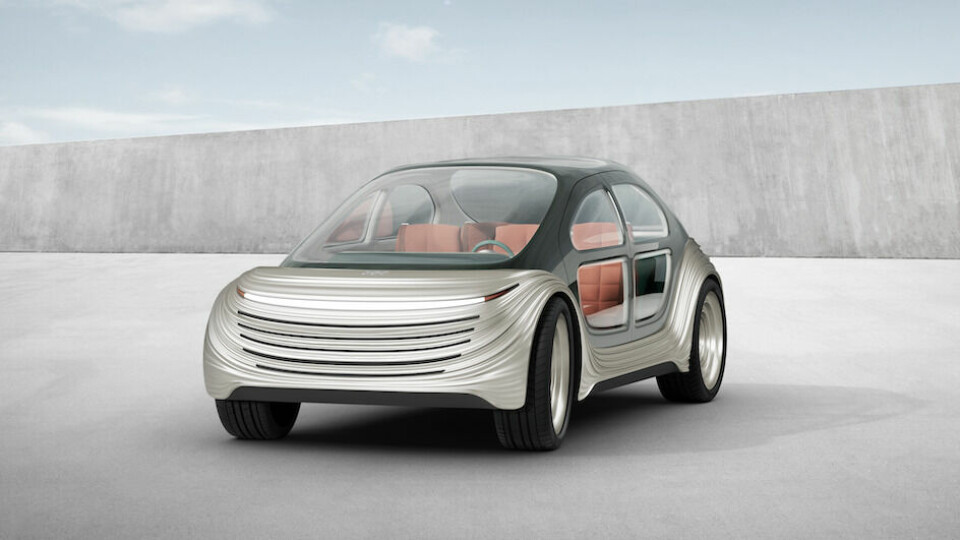
Interior Motives Summer 2021: SAIC IM Airo
Heatherwick Studio, which designed the revamped London Routemaster Bus and the 2012 Olympic Cauldron, has created the SAIC Airo – a living room on wheels that cleans the air as it moves
The biennial Shanghai auto show has routinely delivered Chinese car start-ups aplenty for as long as there’s been a show there, but IM – “Intelligent Motion” – was one of the more interesting brands to physically unveil at the 2021 event.
Firstly, that’s because although IM was only officially formed on Christmas Day 2020 and showed its first production electric sedan and SUV online in January 2021, the co-founders have serious clout. SAIC Motor has long-standing JVs with established Western car brands and owns British brand MG, while Alibaba is a bit like a Chinese Amazon but also ranked as the fifth-biggest global artificial intelligence company by Datamation – a skillset and size that could be very useful for future autonomous car development at scale.
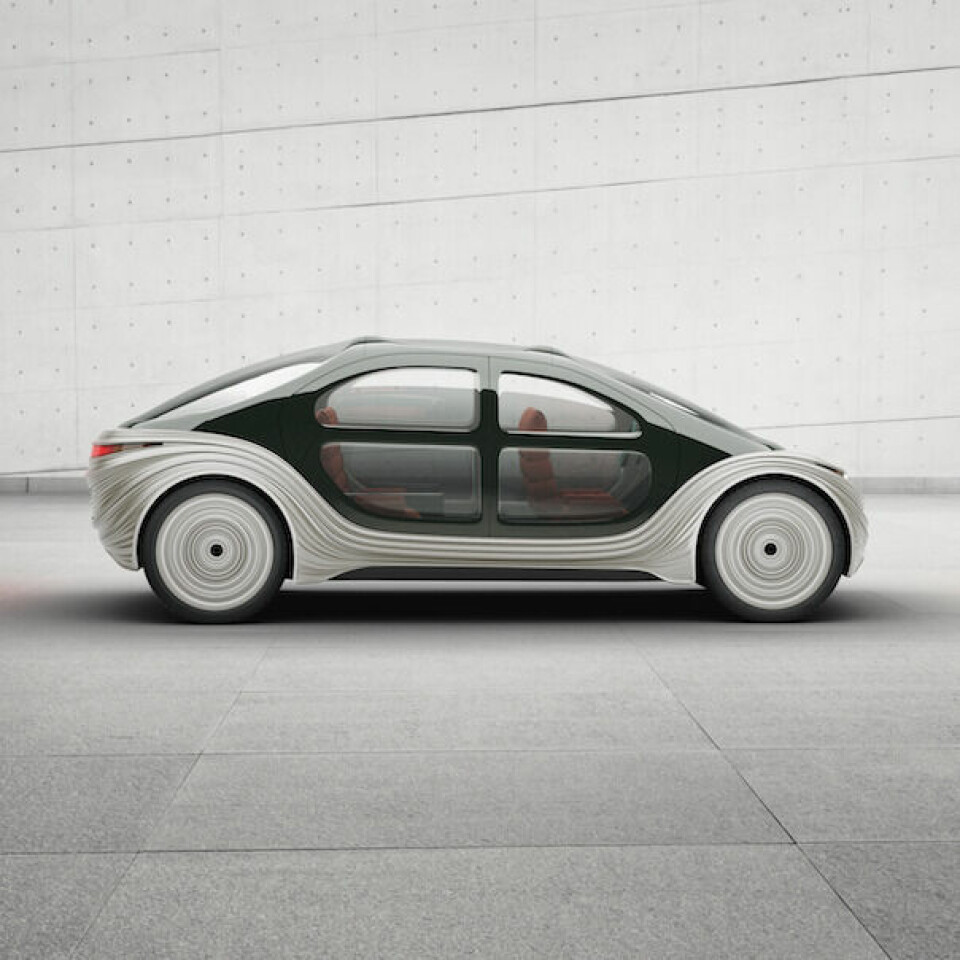
Secondly, IM caught the eye for commissioning acclaimed UK designer Thomas Heatherwick – behind the modern-day 2011 London Routemaster bus and most recently the Little Island quayside garden in New York – to create its Shanghai concept car. That the resulting IM Airo concept is fully-electric and autonomous comes as no surprise, but its pollution-eating capability and distinctively textured exterior and unusual interior was.
Although the late-April 2021 Shanghai Auto Show was the first top-level new-car event to open its doors since the COVID-19 pandemic struck, long-haul air travel to China for most Westerners was either banned or complicated. So Interior Motives took the shorter commute to Heatherwick Studio’s London HQ – a characterful building replete with scale models among hanging plants – situated on an unassuming corner of Kings X.
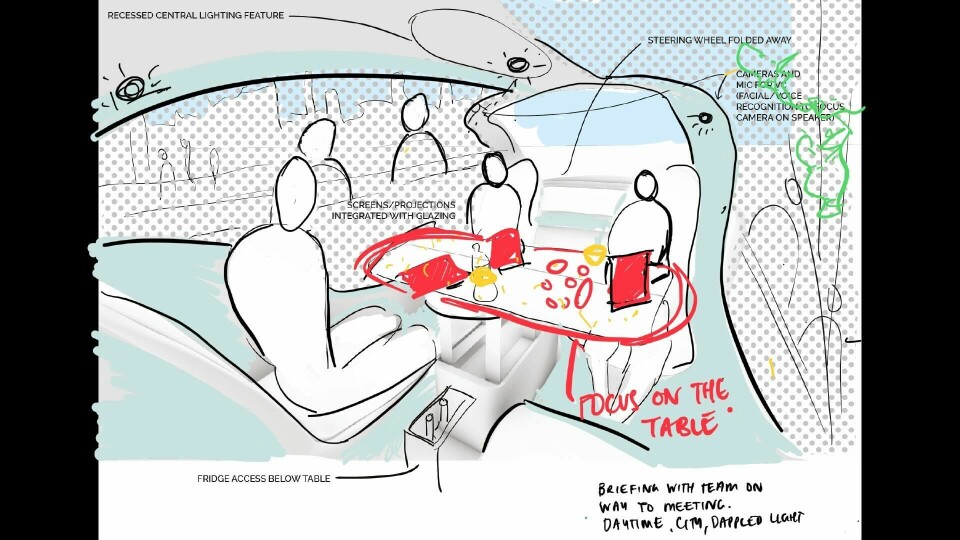
Speaking exclusively with project leader Tom Glover and interior designer Charlotte McCarthy, it quickly becomes clear that although the Heatherwick Studio has transport design in its back catalogue and a few automotive designers on its books (one formerly at McLaren) the business is better known for its product design and architecture. So it might seem a surprising choice until you learn that although SAIC is a Chinese car-making powerhouse it also has a small London design studio.
Heatherwick’s Glover says they were approached by SAIC because it wanted new thinking and to stand apart: “EVs have done away with 100 years of combustion-engine R&D so any tech company can create an electric car. SAIC came to us because they couldn’t just do another car which wasn’t a Tesla.”
Heatherwick Studio started on the car in October 2020 before the IM brand was even launched. “SAIC’s brief was radical,” McCarthy says, “like ‘what else can a car do?’ It also needed to be gender-neutral, for a truly contemporary, tech-savvy customer interested in fashion and design. That was appealing to us.” The original brief was for a one-box electric SUV but it soon morphed into a more MPV-like silhouette. It’s big too, at five metres long, 2.1m wide, 1.75m high and with a 3.4m wheelbase. One of the concept’s key USPs is its ability to clean the pollution of vehicles around it when air passes through its undercarriage and goes through a High-Efficiency Particulate Air (HEPA) filtering system. That makes a good headline but how much pollution could it really eradicate?
“There is a pilot study in Southampton called the Go-Ahead bus with similar technology,” says Glover. “It doesn’t absorb CO2 at this stage, we’d love that in the future, but it does filter particulate matter and that comes off tyres and brake pads too, so it will be relevant when we’re all driving electric vehicles. Those buses can collect a tennis ball-sized amount of particulates in a year. So if you have 100,000 cars with filters driving around the city it becomes significant.”
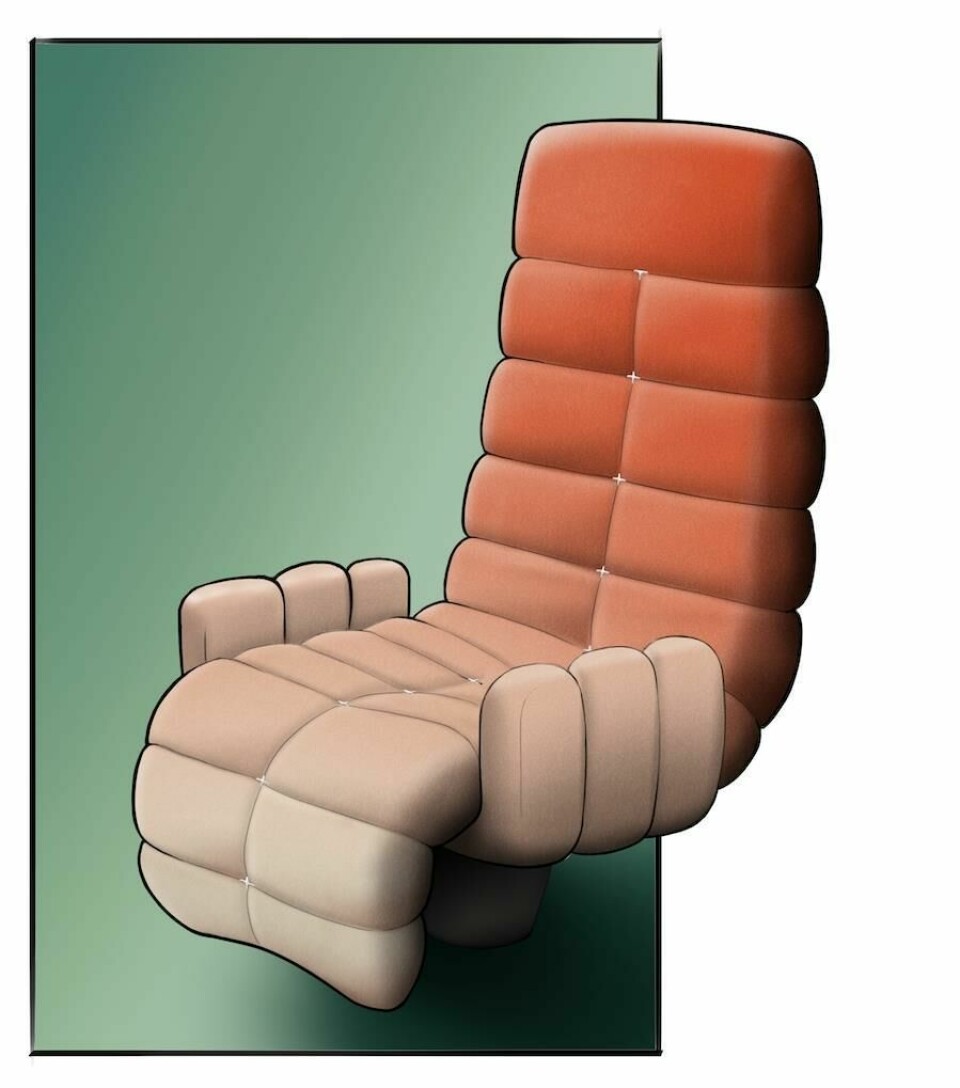
At first glance, the interior might seem more conceptually familiar – the idea of a ‘living room on wheels’ is not new – but its unusual details combine to make a convincingly alternative whole. “We talk a lot about the ‘heart’ of our projects,” says McCarthy. “In our buildings we ask where’s the centre? Where do people gather? The focal point of this interior was the table.” The Airo’s table is relevant to the whole design’s development. “The car from front-to-back is symmetrical,” Glover continues.
“The design started from placing a table in the centre of the room, putting four chairs around it and wrapping the car around that.” To make those chairs feel homely, Heatherwick’s team sought domestic rather than automotive cues. “We wanted them to feel as close to lounge chairs in perceived comfort and colour and material and as far removed from typical transport furniture as possible,” says McCarthy. “We referenced de Sede and Joe Columbo, squidgy stuff, simple and comfortable forms.”
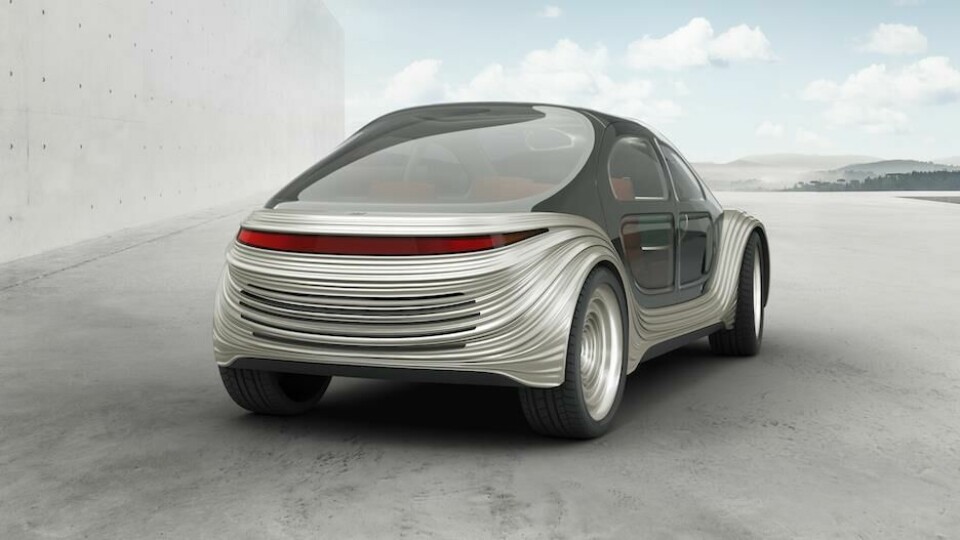
Inspiration also came from business class airline cabins in how the Airo’s table folds out for food, fun and work and then slides away on runners or gimbals, while the chairs themselves can transform into a fully-flat bed. In this way, the Airo can by turns be a moving car, or a static but convivial lounge, gaming area or overnight accommodation. Note too that all the chairs are the same.
“Often production cars have great front chairs but crappy back seats,” says Glover. We wanted four fantastic chairs that anyone would be happy to sit on with equal hierarchy and space.” The concept’s open feeling via generous glazing was another important aspect, as McCarthy says: “We thought how incredible it could be to open up these doors and have breakfast, to forget you’re in a car at all. That was a breakthrough moment.”
But what about the potential for passengers to feel ‘on-show’ because of the glazed lower part of the sliding doors? It’s a design detail seen before – Giugiaro has done it several times on concept cars – but it seldom, if never, makes production, certainly not on big cars. McCarthy says it’s not so different from modern flats or workspaces with floor-to-ceiling glass which city dwellers and workers have become used to and also cites ‘switchable privacy glass’ – which can turn clear glass opaque via embedded electric current – as a solution which is getting cheaper and can work on curved glass.
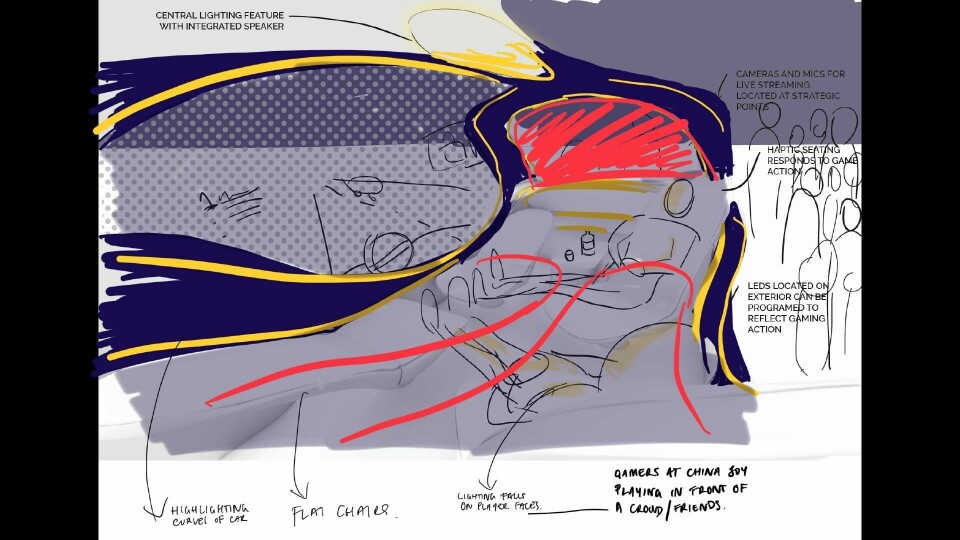
To continue this room-like feeling the Airo’s steering wheel can telescopically retract into its lozenge-shaped dashboard when parked. “When you’re in a car not driving, having a picnic or something, it’s quite weird to be there with a steering wheel and lots of buttons,” says Glover. “Cars aren’t used for 90% of the time because they’re sat on the street, so during that time to make a space you’d really want to use, we wanted all that tech to go away.” Glover envisages most, if not quite all, buttons and switches being digital and now that the car has been signed-off for production, the studio is thinking about the best partner to create a great UX experience too. (Spoiler alert: it might not be a traditional automotive supplier.)
The Airo’s colour and trim is even harder to judge from the pictures only, but safe to say McCarthy was again keen to avoid automotive standards. Although she name-check options like Dinamica’s eco suede, she is also considering natural wool, brushed cotton, planet-based leathers like Mylo and recycled wood veneers. “We didn’t want to be too monochromatic,” says McCarthy.
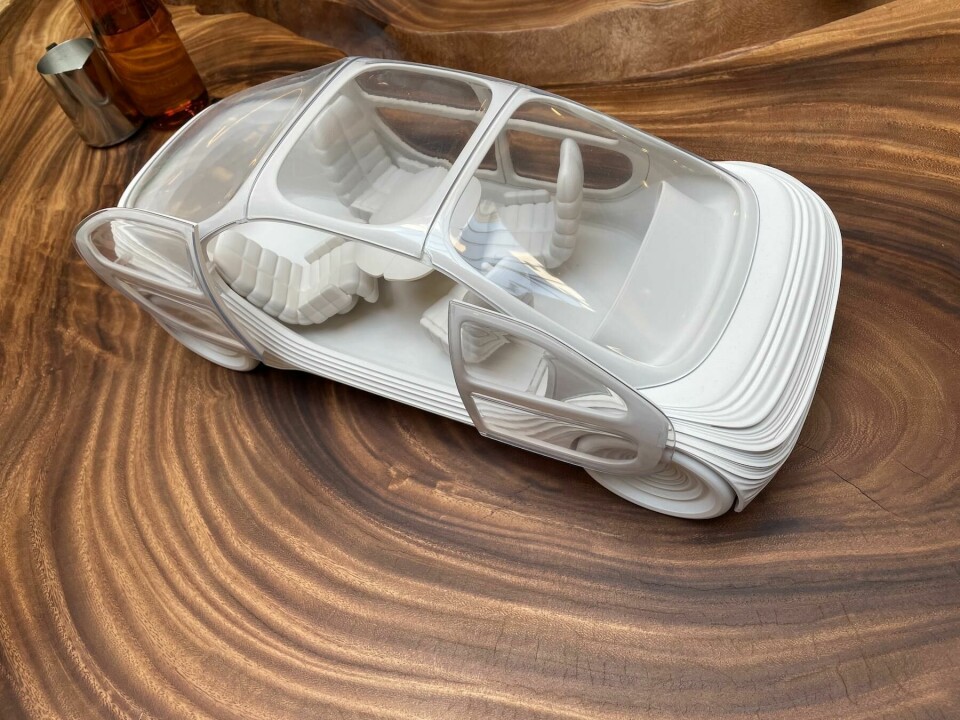
“For our target young Asian audience we researched contemporary Asian fashion designers to get a feel for the colours coming out there, and they are very soft and natural. We were keen not to go too synthetic too.” Glover picks up on McCarthy’s final point: “The client wanted to challenge the volatile organic compounds (VOC) problem within the industry – that ‘new car smell’ which is really bad for us. The VOC thresholds in cars are far lower than in buildings and furniture, so the client asked us to explore natural materials with less plastic and lower VOCs, and not to use glues where possible.”
At the moment the Airo is pitched as a private car in the £30-£40,000 price bracket, not a public, sharing vehicle and for China only, although IM is interested in global sales in time. The process of making the concept certainly was global, with London-based Heatherwick Studio designers working up 3D sketches from their homes – against a difficult backdrop of the UK’s second COVID wave in late 2020 and early 2021 – to then send back and forth to the client’s CAS modelling engineers in London and China. The concept was then built in China and both Glover and McCarthy admit the design process ran right up to the wire of the Shanghai show reveal itself.
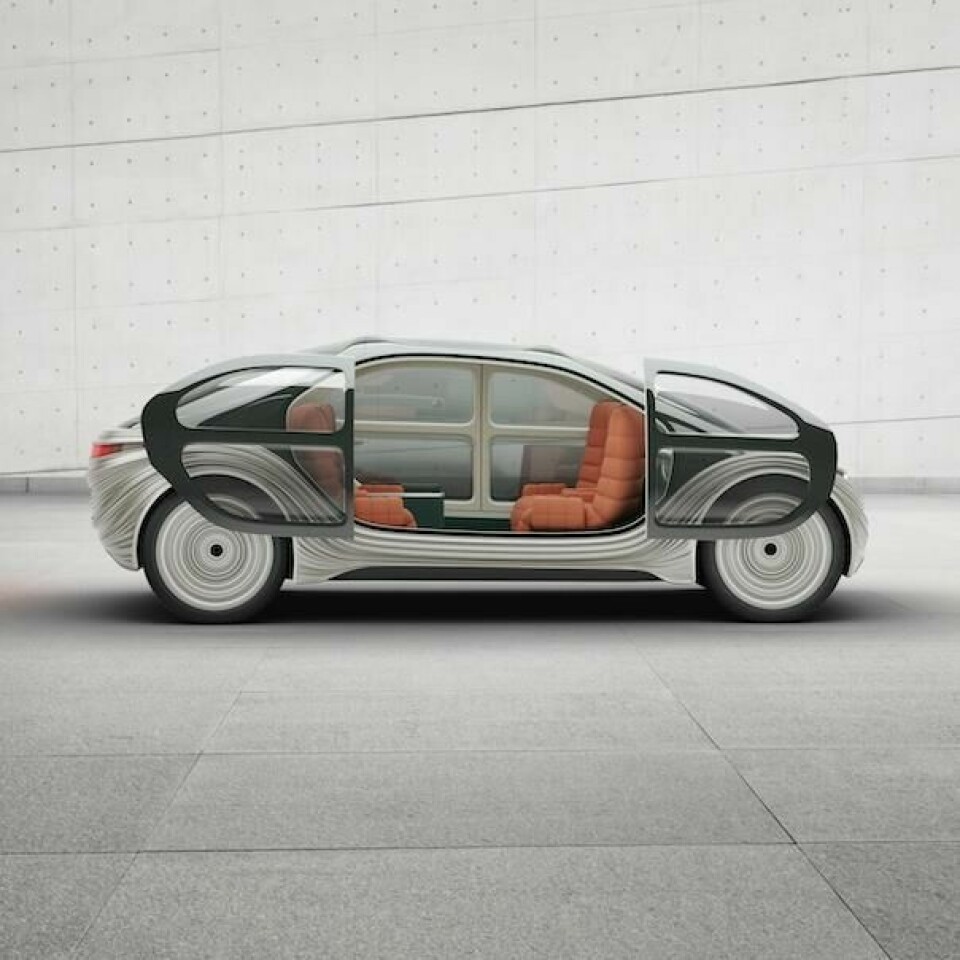
Now that UK’s lockdown is almost fully lifted and the Heatherwick team are back in their Kings X studio, the process should be smoother. Glover is confident they have the in-house know-how to get the production job over the line. “As we get into the production phase, prototyping is going to become central,” he says. “And yes, we absolutely have plans to build a full interior buck here. When we were working on the Routemaster project we had the entire back of the bus in the workshop all welded up.”
It will be a tough ask to get the production car close to the concept, but they’re up for the challenge, as McCarthy concludes: “The Heatherwick Studio is often viewed as the place where art meets science and we have a range of designers from all sorts of disciplines, so there’s an interesting cross-pollination.” We’ll have to wait until circa 2024 to see the results of that approach for IM’s production car, but it’s fair to say that Heatherwick’s track record thus far has been very good indeed.










